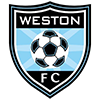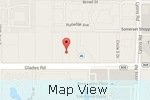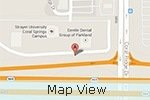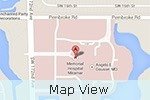Infantile/Adolescent Blount’s Disease
Blount’s disease is a disorder that affects the bones of the lower leg causing them to bow outward. The tibia is the weight bearing bone located in the lower leg. In kids and children who are still growing there is a growth plate at the top of the tibia. Sometimes the growth plate has to bear more pressure than it can comfortably bear, due to which the tibia may get compressed and stop making the new bone. However the outer part still continues to grow. This causes the tibia to grow outwards instead of growing straight.
The most common sign of Blount’s disease is bowing of the leg below the knee. Pain may be present and the condition can lead to arthritis of the knee and joint. Doctors believe that the main causes of Blount’s disease are the weight of the child, but may also be caused in children who started walking at an early age.
Blount’s disease can be diagnosed by physical examination, especially when you have a bowed leg coupled with knee pain which is getting worse. X-ray’s may also be taken to check for abnormal bone growth at the top of the tibia, and to assess the severity of the bowing.
The treatment of Blount’s disease is based on your age and the severity of the condition. Some children may only require wearing leg braces as treatment. However, most children require surgeries for correction of the condition. There are different types of surgeries such as cutting of the tibia, realigning it, holding it in place with screws and plates, or removal of the growth plate may be done to correct the condition. All these procedures are conducted under general anesthesia. Most of the children undergoing this treatment make a complete recovery.
-
Personalized Physical Therapy Puts Bryant Back on the Court
Bryant could hear the whistles blowing as he walked by the gymnasium.
View more -
No off-season for sports injuries
As a new season of school sports and youth leagues gets underway,
View more -
Student Athletes Benefit from Individualized Treatment at U18 Sports Medicine
Becoming involved in a sport is one of the healthiest things that a child can do.
View more -
For young athletes, injuries need special care
More programs are using procedures and surgical techniques tailored for kids.
View more -
Dr Frank u18 Tip 1
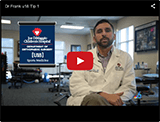 View more
View more -
Segment U18 Tip with Dr Frank 1
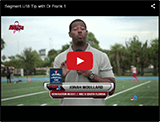 View more
View more -
Dr. Frank’s 2010 WQAM high school football game halftime interviews
View more

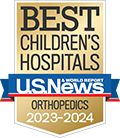


 Menu
Menu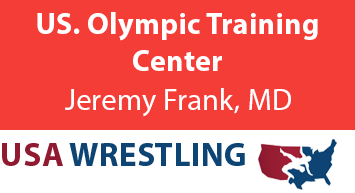






 In The News
In The News Hollywood Office
Hollywood Office

![[U18] Sports Medicine](https://www.kidbones.net/wp-content/themes/ypo-theme/images/u18-sports-medicine-performing-arts-logo.png)
